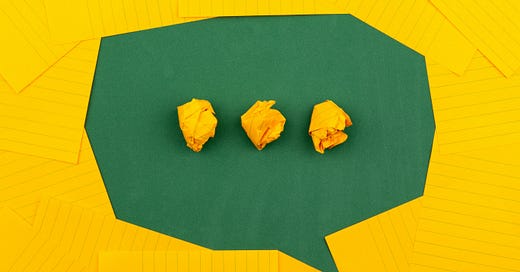A Quote
“We want to use the term ‘synaesthetic civilisation’ in an attempt to account more accurately for the fullness and complexity of first languages, invloving a multimodal overlay of word, image, gesture, sound and space. By ‘synaesthesia’ … we mean a capacity to make meanings in more than one mode - language, image, gesture, and spatial and tactile understandings - and to swtich backwards and forwards between these modes.
SOURCE: Kalantzis, Cope, Chan and Dalley-Trim, Literacies, 2nd ed, p. 26.

A Thought
Is your literacy practice and assessment multimodal? It should be.
And yet, I get it if it’s not. When I was a secondary-school English teacher, there was never any consideration of how image, for example, could show how literate a student was. Indeed, there was an active campaign against assessments that assessed a student’s ability to create and analyse visual language counting towards literacy. It was all about their ability to read and write - an exclusive focus on the written word - as judged through high stakes assessments.
It’s taken me a long time, but I now see that this dominance of the written word in determining who is seen as literate, or not, is a key factor in perpetuating cultural privilege.
Look at powhiri1, a highly communicative space that is multimodal, drawing on oral language, movement and gesture. To be literate in that context means understanding how those modes work together to create meaning. Surely any culturally responsive approach to literacy will recognise and value these modes of literacy as much as a piece of writing done under test conditions, or a performative act of reading done under compulsion.
For anyone to be literate in today’s world, they need to know how to read gesture, image and sound just as much as they can the written word, because we live in a world that relies on, and values, multimodal meaning-making. This includes business and professional contexts, as well as cultural and social ones.
And that means we all need to know how to move, create and listen just as much as we need to know how to read and write.
An Action
Lift your literacy practice off the page:
Make arts and culture (especially drama, dance, kapa haka) a central pillar of your literacy programme.
For those who need some background knowledge, see https://www.tetaurawhiri.govt.nz/en/learn/tikanga/powhiri/



